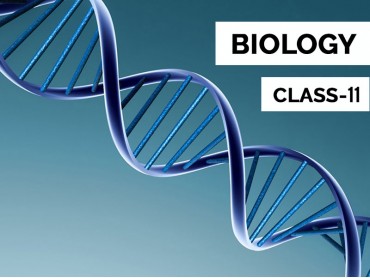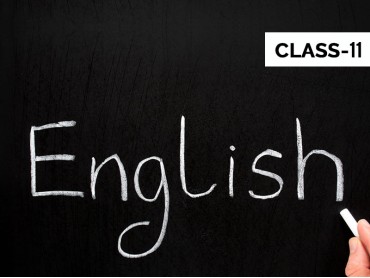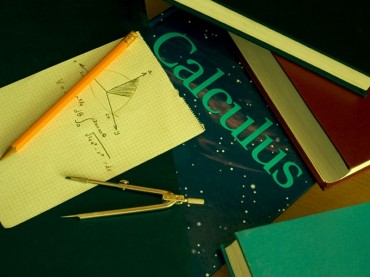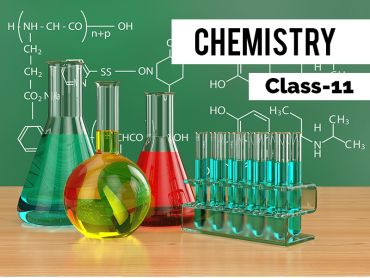
Overview
The Biology course for XI class gives elaborate description of the living world, what are its features and functions and how does it make a difference to the world of science. The Biology home tutors are here to help you with home tuitions for Biology and resolve your doubts.
Session-wise or Day-wise Curriculum:
The Biology home tuition course being referred here is tentative and might shift according to the syllabus of different state boards or else the NCERT and CBSE syllabus. Its different sessions are as following:
Units/chapters covered: 1-4
- Diversity of Living Organism
- The Living World
- What is living? Biodiversity; Need for classification, three domains of life, taxonomy and systematics, concept of species and taxonomical hierarchy, binomial nomenclature
- Biological Classification
- Five kingdom classification, Salient features and classification of Monera, Protista and Fungi into major groups: Lichens, Viruses and Viroids
- Plant Kingdom
- Salient features and classification of plants into major groups - Algae, Bryophyta, Pteridophyta, Gymnospermae and Angiospermae, Angiosperms - classification upto class, characteristic features and examples
- Animal Kingdom
Units/chapters covered: 5-8
- Structural Organisation in Animals and Plants
- Morphology of Flowering Plants
- Anatomy of Flowering Plants
- Anatomy and functions of different parts of flowering plants, Structural Organisation in Animals
- Animal tissues: Morphology, anatomy and functions of different systems, Cell Structure and Function
- Cell-The Unit of Life
- Cell theory and cell as the basic unit of life: Structure of prokaryotic and eukaryotic cells, Plant cell and animal cell, Cell envelope, cell membrane, cell wall, Cell organelles - structure and function, endomembrane system, endoplasmic reticulum, Golgi bodies, lysosomes, vacuoles, mitochondria, ribosomes, plastids, microbodies; cytoskeleton, cilia, flagella, centrioles (ultrastructure and function), nucleus, nuclear membrane, chromatin, nucleolus
Unit/ Chapters covered: 9-12
- Biomolecules, Chemical constituents of living cells: structure and function of proteins, carbohydrates, lipids, nucleic acids, enzymes, types, properties, enzyme action, Cell Cycle and Cell Division
- Cell cycle, mitosis, meiosis and their significance
- Plant Physiology
- Transport in Plants
- Movement of water, gases and nutrients, cell to cell transport, Diffusion, Absorption, apoplast, symplast, transpiration pull, root pressure and guttation, transpiration, opening and closing of stomata, Uptake and translocation of mineral nutrients - Transport of food, phloem transport, massflow hypothesis, diffusion of gases
Unit/chapters covered: 13-16
- Mineral Nutrition
- Essential minerals, macro- and micronutrients and their role, deficiency symptoms, mineral toxicity, Photosynthesis in Higher Plants
- Site of photosynthesis, pigments involved in photosynthesis (elementary idea), photochemical and biosynthetic phases of photosynthesis, Respiration in Plants, Exchange of gases, cellular respiration - glycolysis, fermentation (anaerobic), TCA cycle and electron transport system (aerobic), energy relations - number of ATP molecules generated, amphibolic pathways, respiratory quotient
- Plant - Growth and Development, Seed germination, phases of plant growth and plant growth rate, conditions of growth, differentiation, dedifferentiation and redifferentiation; sequence of developmental processes in a plant cell
Units/chapters 17-20
- Human Physiology (A)
- Digestion and Absorption
- Alimentary canal and digestive glands, role of digestive enzymes and gastrointestinal hormones; Peristalsis, digestion, absorption and assimilation of proteins, carbohydrates and fats; calorific values of proteins, carbohydrates and fats; egestion; Breathing and Exchange of Gases, Respiratory organs in animals; Respiratory system in humans; mechanism of breathing and its regulation in humans - exchange of gases, transport of gases and regulation of respiration, respiratory volume; disorders related to respiration - asthma, emphysema, occupational respiratory disorders
- Body Fluids and Circulation: Composition of blood, blood groups, coagulation of blood; composition of lymph and its function; human circulatory system - Structure of human heart and blood vessels; cardiac cycle, cardiac output, ECG; double circulation; regulation of cardiac activity; disorders of circulatory system - hypertension, coronary artery disease, angina pectoris, heart failure
Units/chapters 21-24
- Human Physiology (B)
- Excretory Products and Their Elimination
- Modes of excretion - ammonotelism, ureotelism, uricotelism; human excretory system, ADH and diabetes insipidus; role of other organs in excretion; disorders
- Locomotion and Movement
- Types of movement - ciliary, flagellar, muscular; skeletal muscle-contractile proteins and muscle contraction; skeletal system and its functions; Neural Control and Coordination, Neuron and nerves; Nervous system in humans - central nervous system, Chemical Coordination and Integration, Endocrine glands and hormones; human endocrine system - hypothalamus, pituitary, pineal, thyroid, parathyroid, adrenal, pancreas, gonads; mechanism of hormone action (elementary Idea); role of hormones as messengers and regulators, hypo - and hyperactivity and related disorders; dwarfism, acromegaly, cretinism, goiter, exophthalmic goiter, diabetes, Addision's disease
-
 Best Curated
Best Curated
Tutor for You -
 Guaranteed Refund within
Guaranteed Refund within
48 hours* -
 Chapterwise Practice
Chapterwise Practice
Questions




